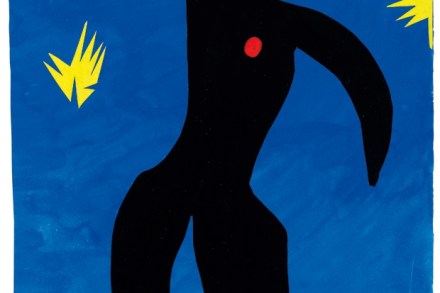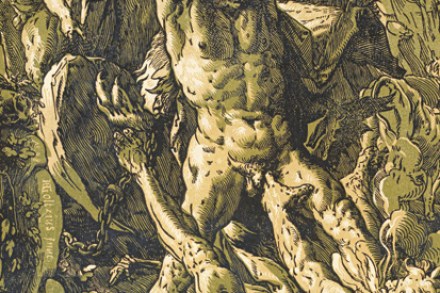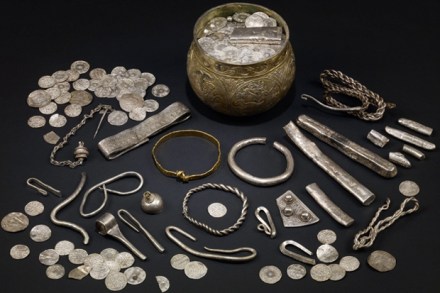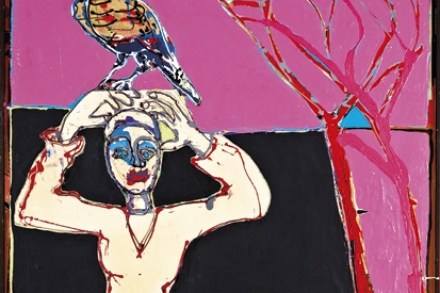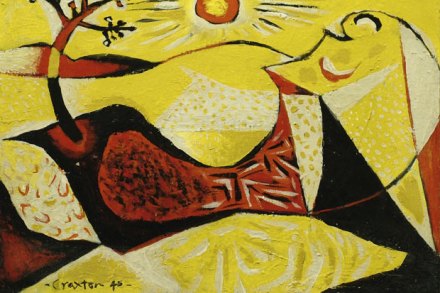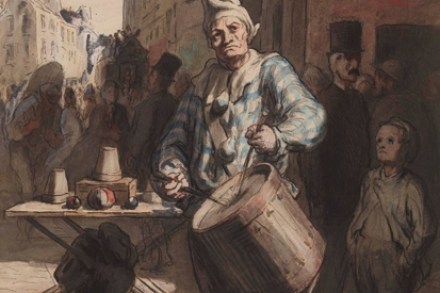The Matisse Cut-Outs is a show of true magnificence
Artists who live long enough to enjoy a late period of working will often produce art that is radically different from the achievements of the rest of their careers. Late Titian and late Rembrandt are two such remarkable final flowerings, but Henri Matisse (1869–1954) did something even more extraordinary: he not only changed direction, he
